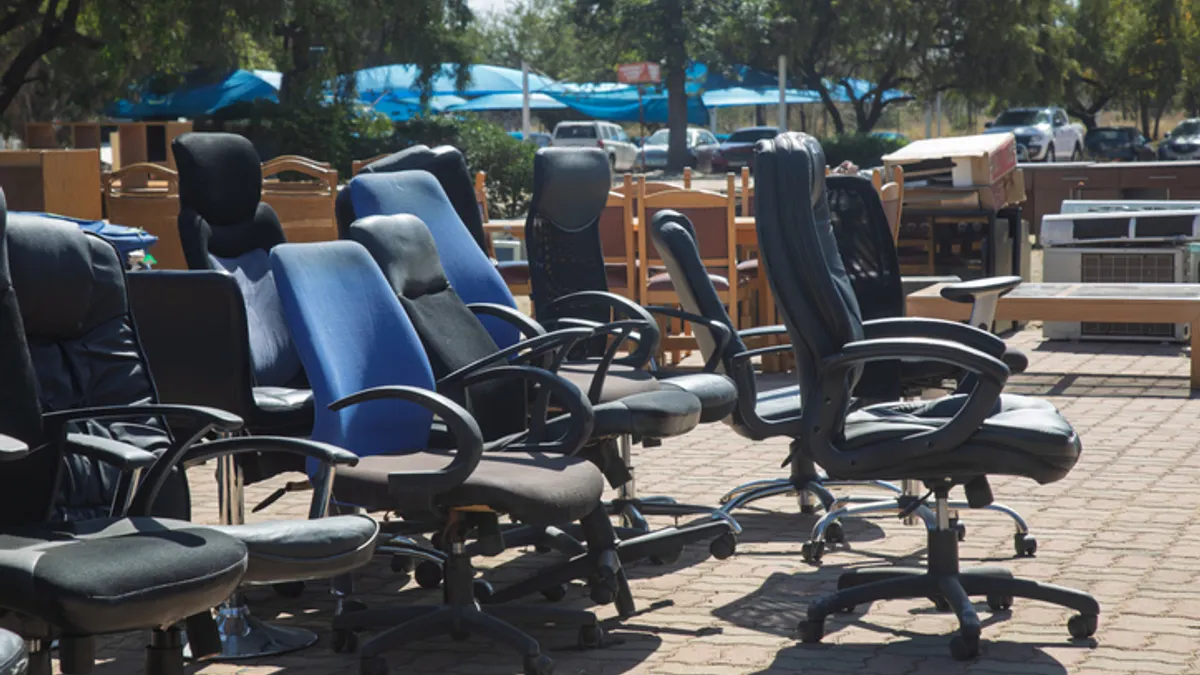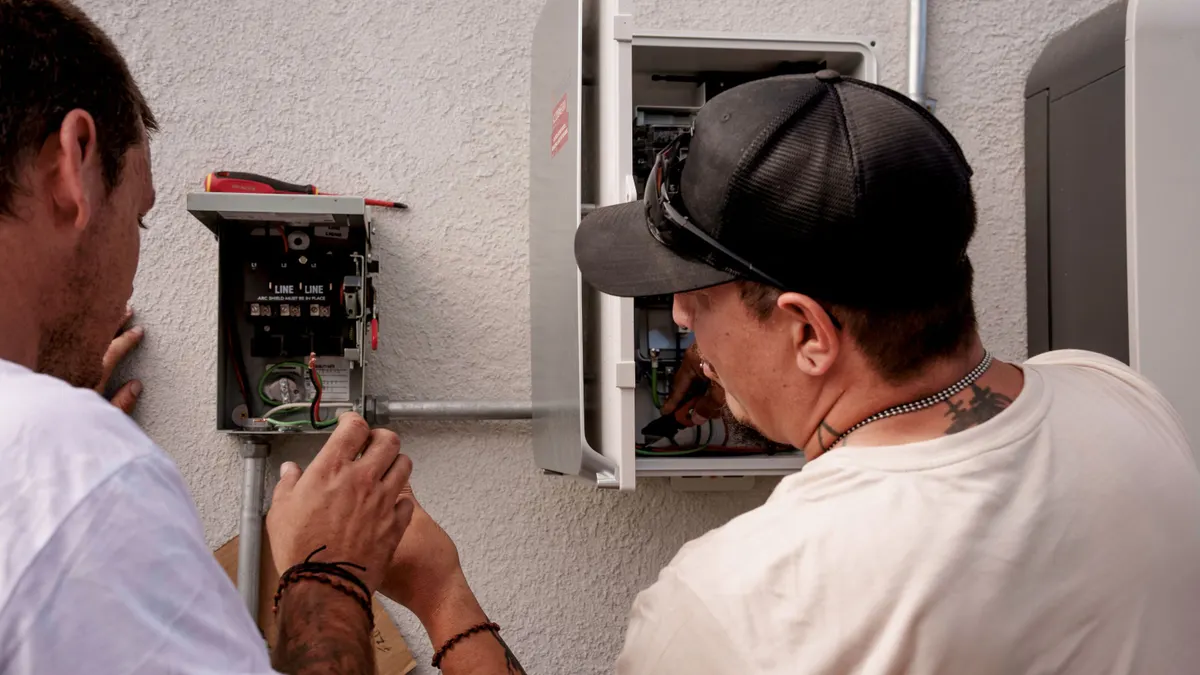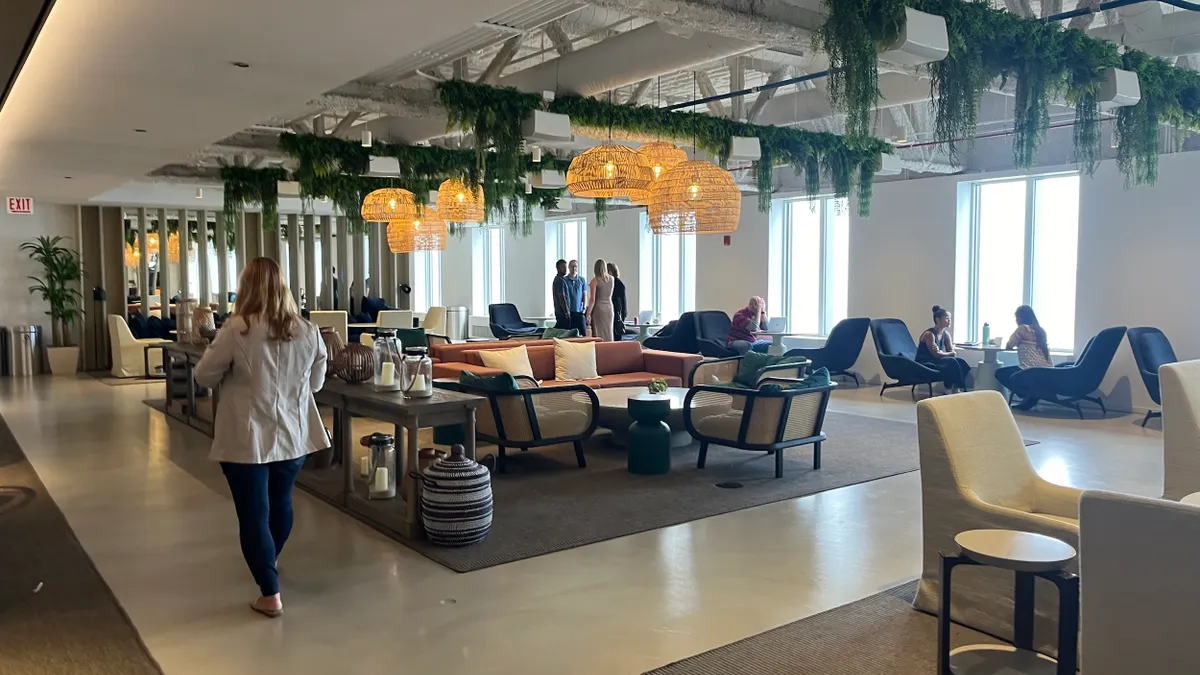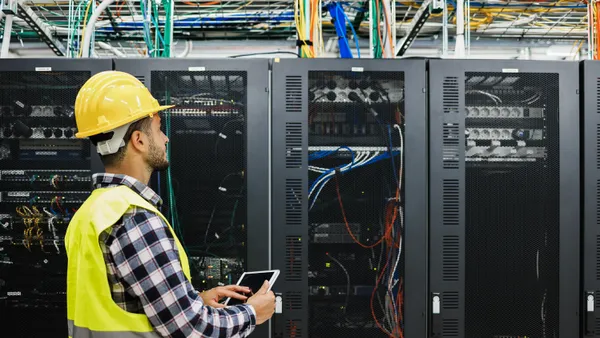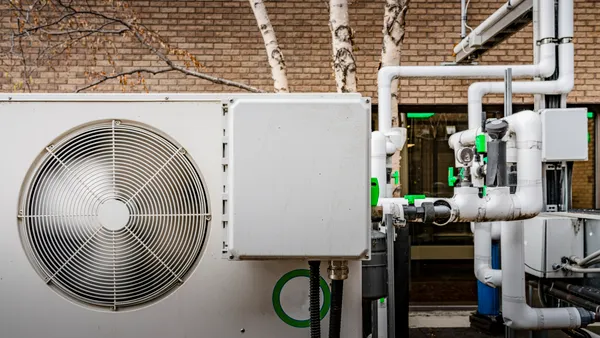Dive Brief:
- Facilities managers can reduce costs and environmental impacts by swapping purchases of new furniture, fixtures and IT equipment for repurposed or leased alternatives, experts and vendors said at the International Facility Management Association’s 30th annual World Workplace conference last month.
- New service-based models for finishing, furnishing and conditioning workspaces support a “circular economy” movement that’s gaining steam globally, IFMA Director of Research Matt Tucker said in an interview.
- “This is a huge opportunity, and it’s in facilities managers’ DNA,” Tucker said. “That's what we do: We maintain things and maximize their use.”
Dive Insight:
Some companies have pulled back on sustainability commitments and reporting in recent years, but many are staying the course or even doubling down, according to a Harvard Business Review study published earlier this month. They’re just being quieter about it — a phenomenon popularly known as “greenhushing.”
It may help that a more circular built-environment supply chain — one that incorporates more recycled building materials and remanufactured office furniture, for example — is also good for the bottom line. The Davies Office display on the World Workplace expo floor touted 30% to 70% cost savings for remanufactured furniture over new.
The environmental impact is notable as well. In 2024, Davies said its remanufacturing operations saved more than 3.3 million pounds of raw materials, eliminated 1.1 million pounds of landfill waste, avoided nearly 3 million pounds of carbon dioxide emissions and reduced energy consumption equivalent to about 41,500 U.S. homes’ daily use.
But the problem is bigger than one U.S. vendor. Of the roughly 100 billion tonnes of material used in the global economy, the built environment accounts for about 39%, Tucker said in a IFMA report on circularity. Only about 8% of built-environment material comes from secondary sources.
Bringing this number up “requires rethinking business practices to maximize resource value and minimize waste … breaking away from the traditional take-make-dispose model to create a closed-loop system in which resources are continuously cycled,” Tucker said.
Creating that kind of cycle begins with sustainable construction practices that reuse materials from deconstructed buildings, incorporate modular components and leverage “digital materials passports” to improve supply chain visibility, according to the IFMA report. After construction, facilities managers can help reduce waste by maintaining and repairing aging assets rather than replacing them, updating procurement processes to favor longer-lived assets that are easier to repair and using digital tools to track resource use within buildings.
“It’s not about recycling as much as reuse, repurposing and maximizing use for as long as possible,” Tucker said at World Workplace.
In a circular economy, Tucker said, facilities managers will do more of that work in partnership with third-party service providers. The shift to hybrid work arrangements and more flexible workspaces might help in accelerating the move to a circular economy because it shows organizations don’t have to own their real estate and everything that’s in it.
A real estate-centered mindset “obsessed with ownership” is bowing to the reality that “we own less and less and service more and more,” Tucker said.
Tucker nodded to the emerging “cooling-as-a-service” model as an example. Some providers purchase existing equipment from clients with a promise to maintain it over the long term, while others — like Budderfly, a U.S. energy-as-a-service provider — install turnkey HVAC, lighting and energy generation equipment upgrades.
In either case, Tucker said, “it's their supply chain … and they're specialists in maintaining [it].”
The “as-a-service” model is also making inroads into more commoditized areas of facilities management, like interior design.
In a white paper published earlier this year, Davies Office National Business Development and Sustainability Manager Douglas Pilgrim said his company’s “workspace-as-a-service” model gives businesses more flexibility to optimize office space while preserving capital and meeting sustainability goals.
The paper touted the concept of “sustainable banking,” where companies manage assets like furniture with the expectation that they’ll be remanufactured for future use elsewhere.
“The software-as-a-service industry was the originator of this model, but now it’s in the facilities management world,” Tucker said.

